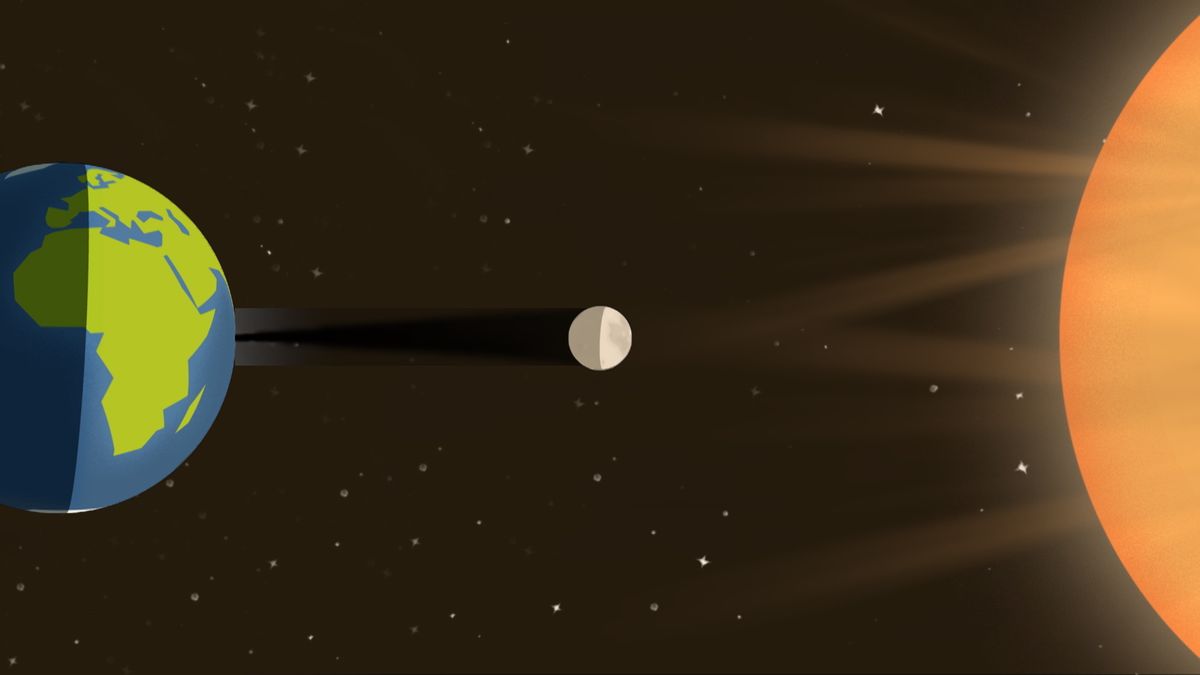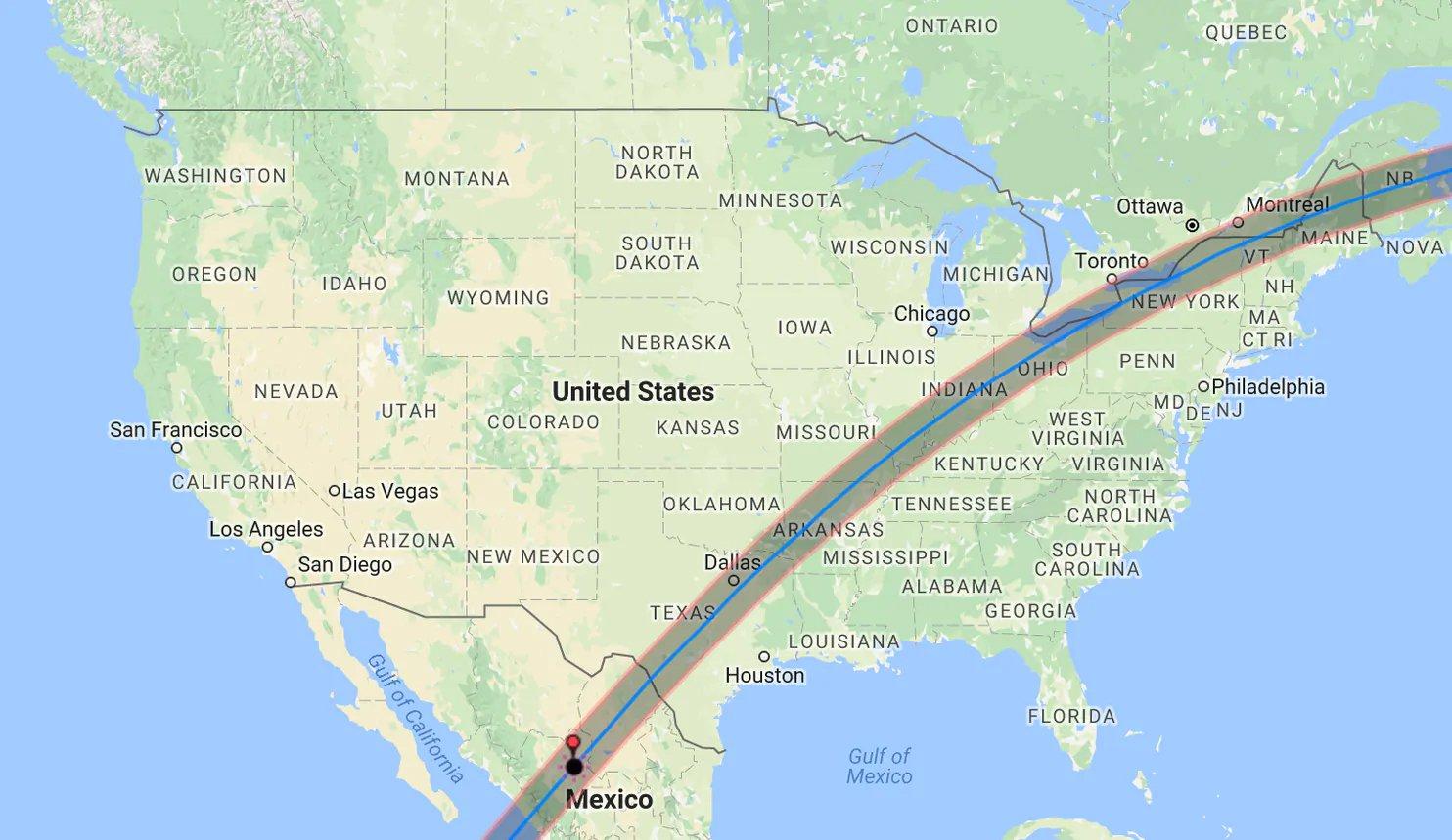


But keep in mind, although our satellite covering any part of the Sun’s disk sounds cool, you’ll want to set your sights higher. In fact, as long as you have clear skies on eclipse day, the Moon will cover no less than 16.15 percent of the Sun’s brilliant surface - and that minimum coverage comes at Tatoosh Island, a tiny speck of land west of Neah Bay, Washington. will at least be treated to a partial eclipse. And as with the Great American Eclipse in 2017, everyone in the contiguous U.S. While the maximum length of totality during the April 8, 2024, eclipse won’t be that long, it’s still a worthy chunk of time: 4 minutes, 28 seconds. (However, that extra-long eclipse doesn’t occur until July 16, 2186, so don’t get too excited for it.) The result is that maximum duration of totality for any eclipse between 2000 B.C. The Earth-Sun distance varies by 3 percent and the Moon-Earth distance by as much as 12 percent.

That’s due to the fact that Earth is not always at the same distance from the Sun, and the Moon is not always the same distance from Earth. The length of totality varies from one total solar eclipse to the next. If you’ve not seen a total solar eclipse before, put it on your bucket list and mark this date! It is truly a breath-taking sight and you won’t regret traveling to see the Sun’s corona, while you stand in the shadow of the moon.The basics of the 2024 total solar eclipse Our GIF below, books, maps, and our soon-to-be-released new mobile app, show exact times and durations in many locations along the path of totality. In the US, totality will begin in Texas at 1:27 pm CDT and will end in Maine at 3:35 pm EDT on April 8, 2024. The 2017 total solar eclipse was witnessed by about 20 million people from Oregon to South Carolina, and the upcoming 2024 Great American Eclipse is sure to be witnessed by many millions more.īecause of what they saw - the exquisite beauty of the Sun’s corona hanging in the suddenly darkened sky - many millions more will know that a total solar eclipse is something truly worth seeing. The duration of totality will be up to 4 minutes and 27 seconds, almost double that of The Great American Eclipse of August 21, 2017. The next total solar eclipse to visit North America will be April 8, 2024. More About Contact Us Press Guidelines for use Resources Desktop backgrounds.

Store All Eclipse Viewers Books Eclipse Maps and Globe Apparel More Texas Eclipses Kids Gift Cards Past Eclipse Sale Items Returns.History 17th & 18th centuries 19th century 20th century MaMaJ2019 Dec 4.2017 Aug 21 Context National maps Statistics Best places to view Oregon eclipse Idaho eclipse Wyoming eclipse Nebraska eclipse Kansas eclipse Missouri eclipse Illinois eclipse Kentucky eclipse Tennessee eclipse Georgia eclipse North Carolina eclipse South Carolina eclipse.21st Century Total Solar Eclipse of ApSolar eclipses of the 21st century Solar eclipses from 2001 to 2010 Solar eclipses from 2011 to 2020 Solar eclipses from 2021 to 2030 Solar eclipses from 2031 to 2040 Solar eclipses from 2041 to 2050 Solar eclipses from 2051 to 2060 Solar eclipses from 2061 to 2070 Solar eclipses from 2071 to 2080 Solar eclipses from 2081 to 2090 Solar eclipses from 2091 to 2100.Totality Basics Eclipse Splendor Phenomena Future eclipses.2024 Apr 8 - Great American Eclipse Great American Eclipse


 0 kommentar(er)
0 kommentar(er)
